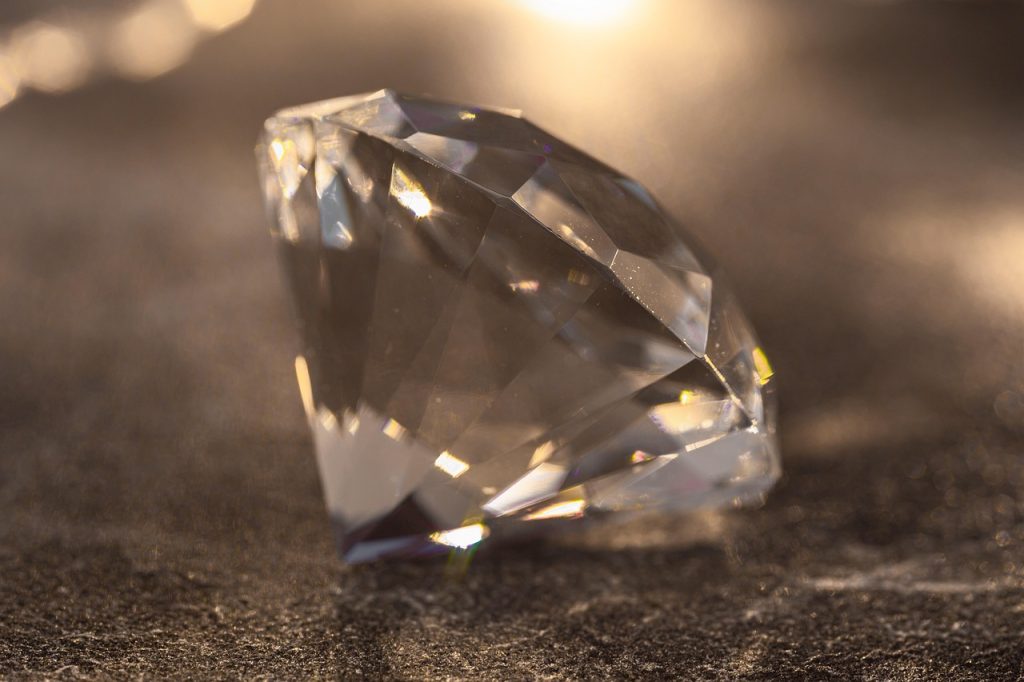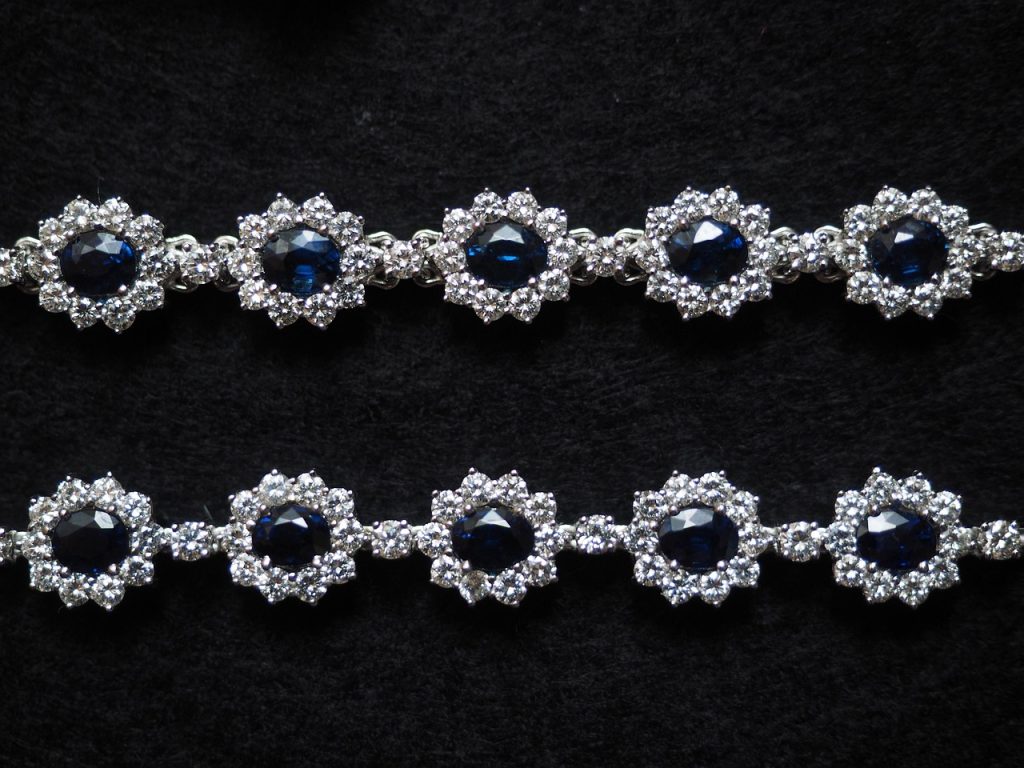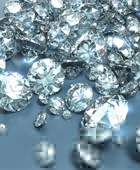Understanding the Modern Diamond Market
Millennials and Gen Z are reshaping the diamond industry through their unique values, spending habits, and technological literacy. Unlike previous generations, these younger buyers are not primarily focused on tradition but instead prioritize transparency, ethical sourcing, and value for money. This shift has led to a growing demand for conflict-free diamonds, lab-grown alternatives, and detailed product information. Buyers in these demographics often rely on online research, reviews, and certification databases to inform their decisions. As such, understanding the modern diamond market means recognizing how much it has evolved from being a symbol of status to becoming a reflection of personal ethics, lifestyle choices, and long-term investment thinking. Retailers have responded by adopting digital platforms, offering augmented reality previews, and providing in-depth educational tools to meet the expectations of these tech-savvy consumers.

The Importance of Ethical and Sustainable Sourcing
One of the key factors driving diamond purchasing decisions among Millennials and Gen Z is a strong emphasis on ethics and sustainability. These consumers are acutely aware of the environmental and social impact of traditional diamond mining. As a result, they often seek out brands that provide clear traceability, adhere to responsible mining practices, or offer lab-grown diamonds as sustainable alternatives. Certifications like the Kimberley Process, which attempts to prevent the sale of conflict diamonds, are no longer enough on their own. Today’s buyers are looking for third-party certifications, blockchain-based traceability, and company transparency reports. Brands that disclose their supply chain, labor conditions, and carbon footprint gain a competitive edge in this market. Ethical consumers want to ensure that the story behind their diamond aligns with their personal values, making this an indispensable factor in the buying journey.
Lab-Grown Diamonds vs. Natural Diamonds
Lab-grown diamonds have gained considerable popularity among younger buyers due to their affordability, ethical appeal, and identical physical and chemical properties to natural diamonds. Millennials and Gen Z often prefer lab-grown diamonds because they typically cost 20–40% less than mined diamonds of the same size and quality, allowing for better overall value. These diamonds are cultivated using advanced technology under controlled laboratory conditions, producing stones indistinguishable from natural ones without a microscope or specialized equipment. While some still value the rarity and tradition of mined diamonds, others appreciate the scientific innovation and sustainability of lab-grown options. That said, resale value can vary between the two categories, and some traditional jewelers may not accept lab-grown diamonds in trade-in programs. For buyers in these generations, it’s essential to understand the long-term implications of both options before making a decision.
Prioritizing Certification and Grading Reports
Regardless of whether a diamond is natural or lab-grown, certification is a non-negotiable aspect of the buying process for informed younger consumers. Independent grading reports from reputable organizations like the Gemological Institute of America (GIA), American Gem Society (AGS), or International Gemological Institute (IGI) provide essential information about a diamond’s cut, clarity, color, and carat weight—the so-called 4 Cs. These documents are crucial for verifying the quality and authenticity of a diamond and serve as a protective measure against misleading marketing practices. Certification also adds credibility to online purchases, which are increasingly popular among Millennials and Gen Z due to convenience and wider selection. Buyers should be cautious of in-house or lesser-known grading systems, as they may inflate a diamond’s quality. A well-documented grading report not only supports smart decision-making but also adds value for future resale or insurance purposes.
Mastering the 4 Cs: Cut, Clarity, Color, and Carat
For Millennials and Gen Z, mastering the 4 Cs is a critical step in ensuring they receive the best possible diamond for their budget. Each characteristic—cut, clarity, color, and carat—impacts both the appearance and value of the stone. Among the four, cut is often the most important because it determines the diamond’s brilliance and overall sparkle. A well-cut diamond can appear more radiant and larger than a poorly cut stone of higher carat weight. Clarity refers to the presence of internal or surface imperfections, with most buyers choosing grades like VS1 or SI1 for a balance between quality and price. Color is graded on a scale from D (colorless) to Z (light yellow or brown), and many younger buyers opt for near-colorless grades (G-H) to save money without compromising visual appeal. Carat, the measurement of weight, is often where compromises are made to fit budget constraints. Understanding how to balance these factors allows modern buyers to prioritize what matters most to them, whether it be size, sparkle, or ethical sourcing.

Budgeting Strategically Without Compromising Quality
Many Millennials and Gen Z buyers are budget-conscious but still desire quality and meaningful purchases. Strategic budgeting is essential in the diamond buying process, particularly for engagement rings or milestone gifts. These generations often reject the traditional “two months’ salary” guideline and instead prioritize what they can comfortably afford without incurring debt. Setting a clear budget from the outset helps narrow options and prevents emotional overspending. Moreover, choosing slightly below milestone carat weights—such as 0.9 instead of 1.0 carats—can result in significant savings without noticeable visual differences. Opting for a lower clarity or color grade that is eye-clean and well-cut can also maximize sparkle at a lower price. Millennials and Gen Z tend to appreciate transparency from retailers about cost structures, and many seek stores that offer price comparison tools, financing options, or even diamond upgrade programs to ensure long-term satisfaction.
Embracing Technology and Online Buying Platforms
Digital fluency is a hallmark of Millennials and Gen Z, making online diamond buying not only acceptable but often preferable. With advancements in high-definition imaging, 360-degree video previews, virtual try-on tools, and AI-powered recommendations, online platforms can offer a more personalized and efficient shopping experience than many traditional stores. Additionally, online retailers often provide better pricing due to lower overhead costs and broader inventories. However, due diligence is critical—buyers should only purchase from reputable platforms that offer certified stones, clear return policies, secure payment systems, and customer reviews. The convenience of online shopping is further enhanced by educational resources like blogs, tutorials, and diamond calculators, which allow young buyers to research and compare options thoroughly before making a decision. This approach empowers them to feel in control of their purchase rather than relying solely on in-store sales advice.
Customization and Personal Expression
Customization is highly valued by younger diamond buyers who often seek to express individuality and creativity through jewelry. Millennials and Gen Z consumers tend to reject generic, mass-produced designs in favor of pieces that reflect their personal stories, values, or aesthetics. Customizing a diamond ring or necklace—whether by selecting a unique setting, incorporating alternative stones, or engraving a meaningful message—adds emotional significance and ensures the jewelry feels one-of-a-kind. Many retailers now offer 3D design tools and virtual consultations that allow buyers to co-create their ideal piece. For engagement rings, for instance, it is common to see non-traditional band materials, mixed metals, vintage-inspired elements, or unexpected diamond shapes like pear, oval, or cushion cuts. This desire for personalization is often rooted in the broader generational trend of prioritizing authenticity and emotional connection over status or tradition.
Buying for Investment vs. Sentimental Value
Another important distinction in the diamond-buying mindset of Millennials and Gen Z is the balance between viewing a purchase as an investment and recognizing its sentimental value. While diamonds have traditionally been considered luxury items with some degree of long-term worth, today’s younger buyers often approach purchases with cautious pragmatism. Many are aware that most diamonds depreciate once bought unless they are particularly rare, antique, or of exceptional quality. As such, they may opt to focus more on the emotional and symbolic meaning of a diamond rather than its potential resale value. For those interested in investment, it’s essential to research high-demand shapes, rare colors (like fancy yellow or pink diamonds), and the role of certification and provenance in enhancing long-term desirability. Ultimately, understanding the purpose behind the purchase—whether emotional, aesthetic, or financial—can guide buyers toward choices that align with their goals.
Final Thoughts: Informed Decisions for a New Generation
The diamond-buying landscape is no longer dictated by rigid traditions or one-size-fits-all advice. Millennials and Gen Z have ushered in a new era where values like sustainability, ethics, individuality, and digital accessibility redefine what it means to buy a diamond. These generations seek transparency, education, and flexibility in both the product and purchasing experience. Whether buying online or in-store, prioritizing certifications, ethical sourcing, and customizability helps ensure satisfaction and peace of mind. Armed with information and empowered by technology, modern buyers can make choices that are not only beautiful and meaningful but also responsible and forward-thinking. As trends continue to evolve, it’s clear that the future of diamond buying lies in the hands of well-informed, values-driven consumers who expect more than just sparkle—they expect substance.




